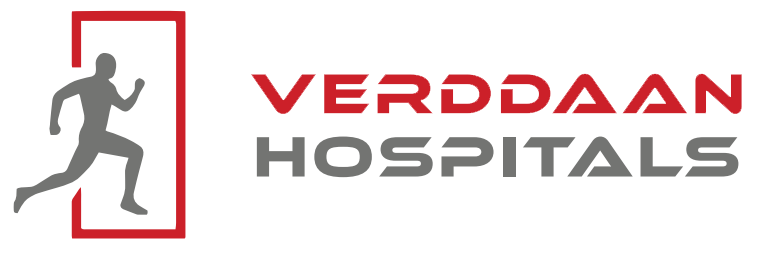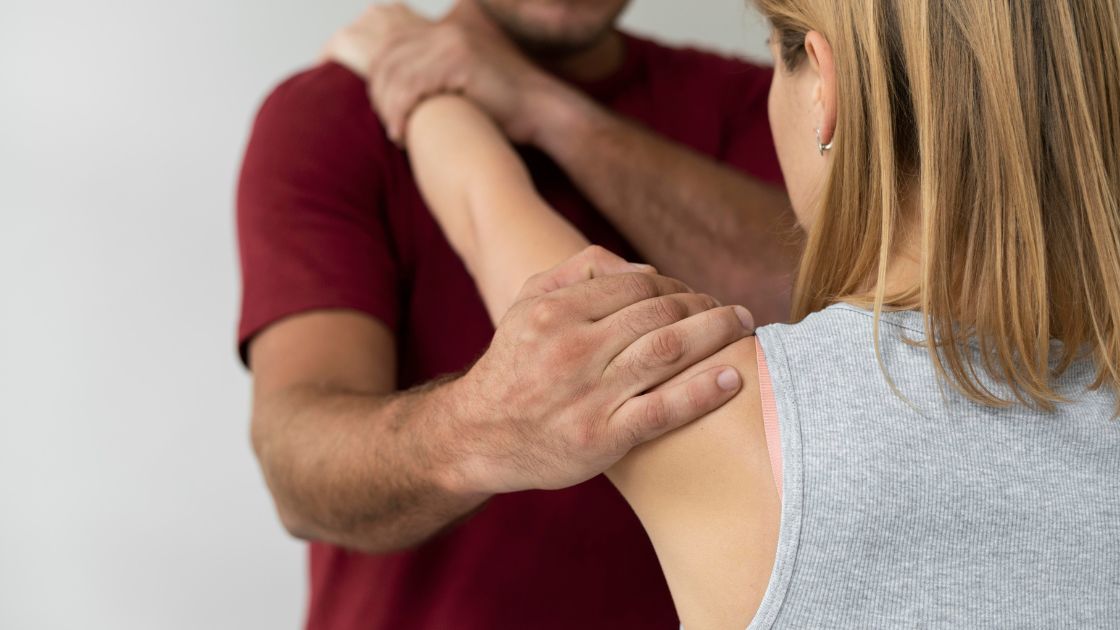Shoulder dislocation, a common orthopedic injury, can significantly impact daily life and mobility. Whether caused by trauma, sports injury, or repetitive strain, shoulder dislocation requires comprehensive treatment and rehabilitation to regain strength, stability, and function. At Verddaan Hospital, under the expert guidance of Dr. Pranjel Pipara, a leading orthopedic specialist, individuals undergo a tailored rehabilitation program shoulder dislocation surgery to facilitate optimal recovery.
Understanding Shoulder Dislocation and Surgery
Shoulder dislocation occurs when the upper arm bone (humerus) pops out of the shoulder socket (glenoid). This injury often necessitates surgical intervention to realign the joint and repair damaged tissues, particularly in cases of recurrent dislocations or severe instability. Dr. Pranjel Pipara employs advanced surgical techniques to restore joint integrity and function, ensuring the best possible outcomes for patients.
Surgery Rehabilitation Process
Following shoulder dislocation surgery, the focus shifts to rehabilitation to promote healing, regain motion, and strengthen the shoulder complex. Verddaan Hospital’s rehabilitation program, overseen by Dr. Pipara, emphasizes a multidisciplinary approach involving physical therapists, occupational therapists, and orthopedic specialists. The rehabilitation journey typically unfolds in stages, each designed to address specific aspects of recovery:
Immobilization Phase: Initially, the shoulder may be immobilized with a sling to protect the surgical site and facilitate tissue healing. During this phase, gentle range-of-motion exercises may be initiated under the guidance of a physical therapist to prevent stiffness and promote circulation.
Early Motion Phase: As healing progresses, controlled passive and active-assisted exercises are introduced to gradually restore shoulder mobility. These exercises aim to improve flexibility while minimizing strain on healing tissues.
Strength and Stability Phase: Building strength and stability is crucial for preventing recurrent dislocations and enhancing functional performance. Under the supervision of a physical therapist, patients engage in targeted strengthening exercises targeting the rotator cuff muscles, deltoids, and scapular stabilizers. Resistance training, proprioceptive exercises, and functional movements are incorporated to enhance muscle coordination and joint control.
Functional Rehabilitation: In the final phase of rehabilitation, emphasis is placed on functional activities relevant to the individual’s daily life and activities. Patients work on tasks such as reaching overhead, lifting objects, and performing sports-specific movements to regain confidence and independence.
Key Components of Successful Rehabilitation
Successful shoulder dislocation recovery hinges on adherence to the prescribed rehabilitation program and active participation in therapy sessions. Patients are encouraged to communicate any discomfort or challenges they encounter during exercises to ensure adjustments can be made accordingly. Additionally, integrating home exercises and self-care strategies recommended by the rehabilitation team into daily routines can expedite recovery and optimize outcomes.
Recovering from shoulder dislocation surgery requires patience, dedication, and expert guidance. At Verddaan Hospital, Dr. Pranjel Pipara and his team are committed to providing comprehensive rehabilitation support to individuals navigating the challenges of shoulder injury. Through a structured rehabilitation program tailored to individual needs, patients can regain function, mobility, and confidence, ultimately restoring quality of life post-injury.


